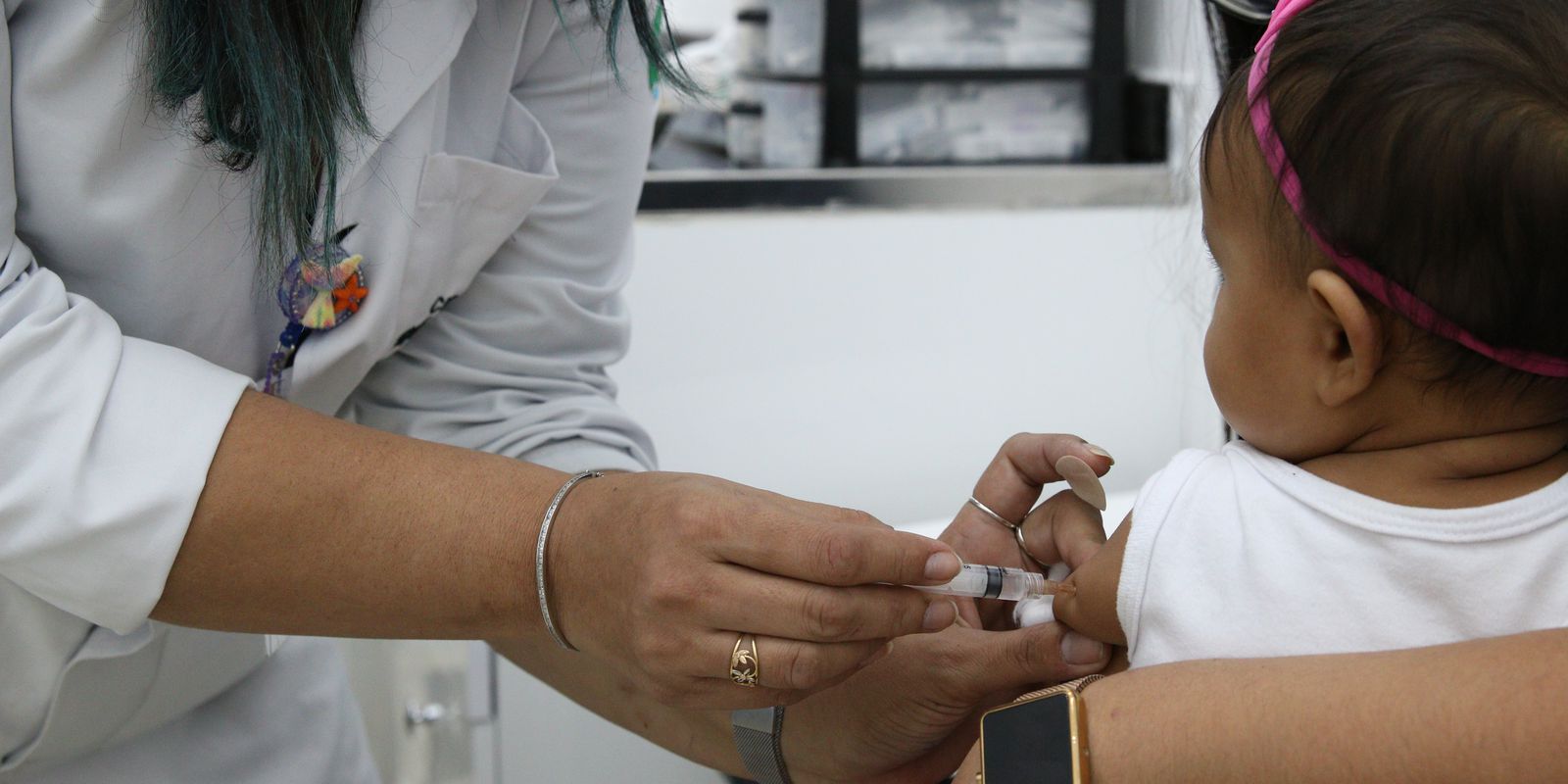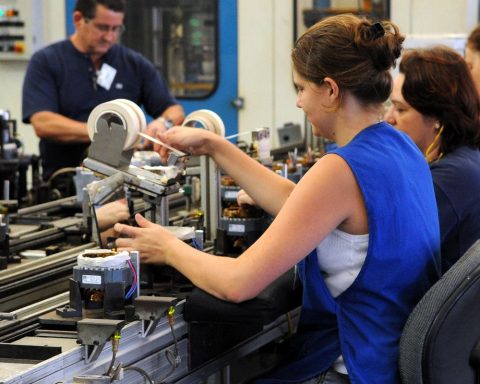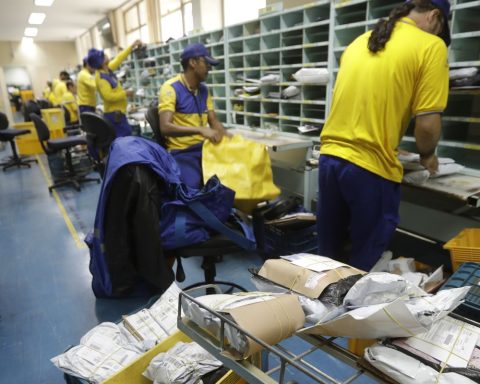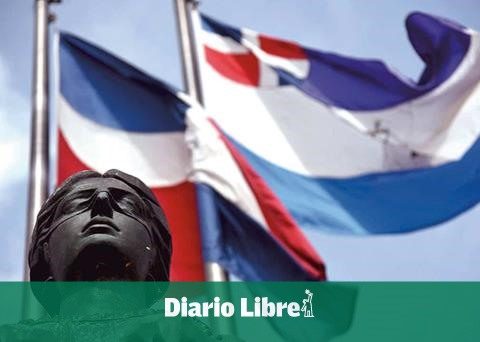Primary Health Care (PHC) for children, from the Unified Health System (SUS), still needs improvement, according to those responsible whose children received some care this year. They attributed grades to the services provided, and the evaluations show that the APS is still below what is considered satisfactory. The data are in the Continuous National Household Sample Survey (PNAD): Primary Health Care 2022, released today (21) by the Brazilian Institute of Geography and Statistics (IBGE).
The questionnaire was applied, in the second quarter of this year, to those responsible for children under 13 who had attended at least one visit to the basic health unit in the 12 months prior to the interview. On a scale of 0 to 10, the grade assigned in Brazil was 5.7. The score is less than 6.6, considered, in the evaluation, the minimum quality standard.
The research is an adapted and shortened version of the so-called Primary Care Assessment Tool (PCATool), also validated in Brazil by the Ministry of Health, whose methodology has been adopted by several countries, which allows the international comparison of services.
Primary Health Care is considered the gateway to the Unified Health System (SUS) in the country. In this first approach, people who seek health services are registered and monitored. In Brazil, Primary Health Care is developed in all municipalities, preferably by family health teams, formed by at least one doctor, one nurse and one nursing technician.
??To have good primary health care brings general benefits to society and specific benefits to the health system, whether in terms of management, cost, or other fronts involving the health system”, says the coordinator of Household Sample Surveys at IBGE , Adriana Beringuy.
The grades vary according to the location, but none reached an estimate equal to or greater than 6.6. The South Region obtained the highest overall score, 6, and the North, the lowest, 5.4. The other regions had very similar general scores: Northeast and Midwest (5.7) and Southeast (5.6). The Federation units with values equal to or greater than 6 were Paraná (6), Santa Catarina (6.1), Rio Grande do Sul (6.0), Mato Grosso (6.4) and the Federal District (6. ,1).
improvement
Another evaluation disclosed was the so-called Net Promoter Score (NPS), used by the health sector in Brazil by private health care plans and also more recently by SUS units. The indicator was also calculated from the responses given by those responsible for the children. The NPS, which ranges from -100 to +100, shows how much a person would or would not recommend a particular service.
The Primary Care of the SUS in Brazil obtained an NPS 28, which means that this service is in an improvement zone (from 0 to 50). A score below 0 means that the service is in the critical zone, above, between 51 and 75, the quality zone, and between 76 and 100, the excellence zone. What was most taken into account for assigning grades, according to the survey, was the way in which those responsible for the children were received at the health units and the team’s work to solve the problem.
According to Adriana, the research indicates an important reach of the service of primary care for children’s health, since about 83% of children in the age group considered received some assistance. “Those responsible for these children favorably evaluated the provision of primary health care. A score of 28 indicates, however, that this service needs improvement for its better performance and user satisfaction”, she points out.
children’s profile
The survey shows that, in Brazil, 28.4 million children, equivalent to about 75%, had a medical appointment in the last 12 months prior to the date of the interview. This proportion is lower in the North Region (66.6%) and in the Northeast Region (71.8%). In the Southeast, it reaches 79.3%. In addition to the consultation, in total, about 31.5 million (82.9%) children under 13 years old used some PHC service in the last 12 months prior to the interview.
The main reasons for medical care were: routine consultation, such as revision, checkup, follow-up of growth and development, which accounted for 39.1% of attendances; respiratory or throat problems, flu, sinusitis, tonsillitis, pharyngitis, asthma, bronchitis (30.9%); and other reasons, such as fever, diarrhea, vomiting or other gastrointestinal problems; accidents, fractures, injuries, bruises; allergies and others (30%). These children were attended mainly in Basic Unit or Family Health Unit (46.1%).
According to Adriana, as the data refer to visits made between the second quarter of 2021 and 2022, the covid-19 pandemic can to have impacted the service. “The pandemic can to have hindered the children’s access to the primary care service in the reference period. Even in the face of this scenario, the data indicate that the SUS continued to offer some primary care service to more than 80% of the country’s child population”, he says.
Regarding the profile of the children, the results show that there is a balance between male (51.1%) and female (48.9%) children. Most are children up to 6 years old (61.3%), followed by the group from 7 to 12 years old (38.7%). The color or race of the child informed by the guardian was predominantly black or brown (59.7%), followed by white (39.4%). Among caregivers, most (42.9%) did not complete primary or secondary education (40.1%). Only 17.1% have completed higher education.
This is the first time that Pnad Contínua brings a specific module on primary health care. The service was included in the National Health Survey (PNS) in 2013 and, in 2019, it was evaluated in the same survey.















